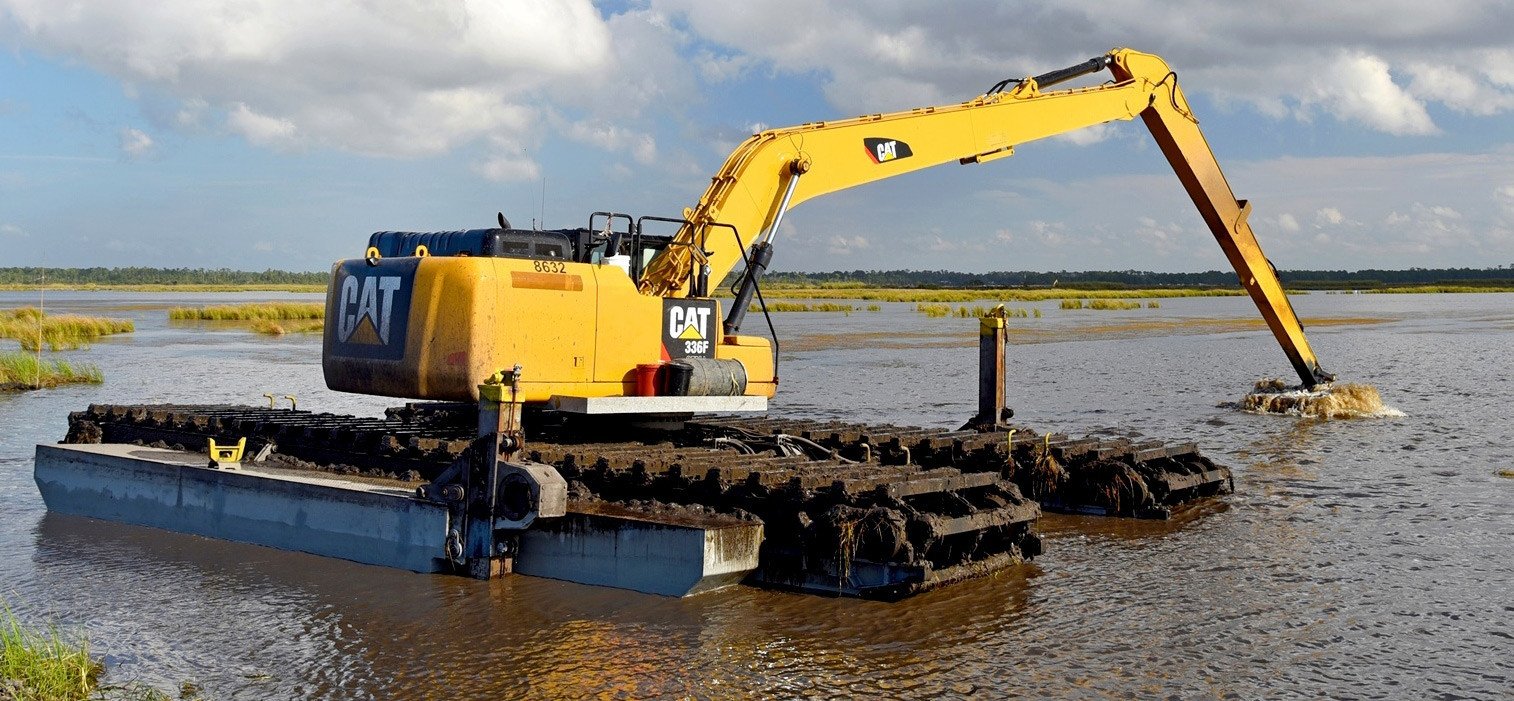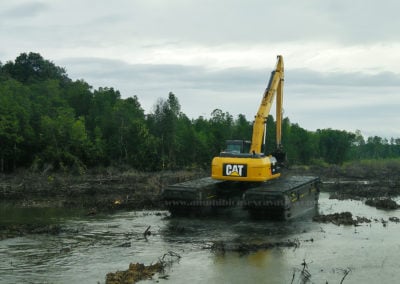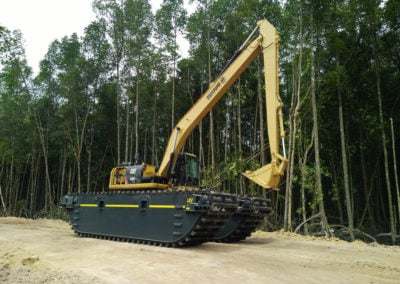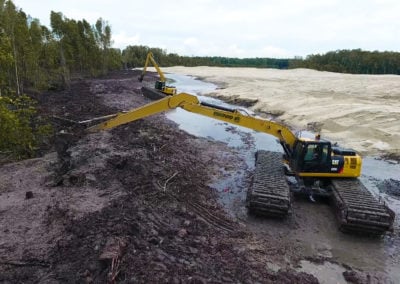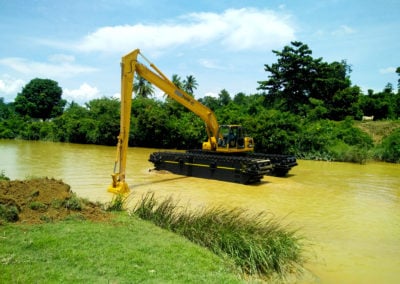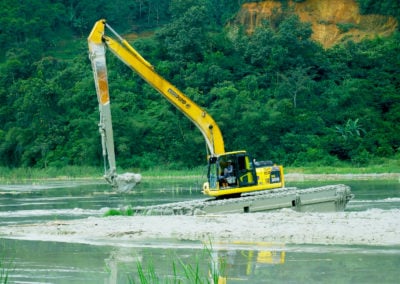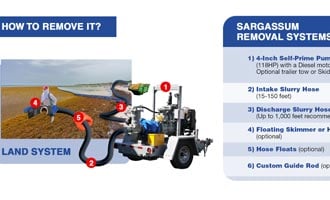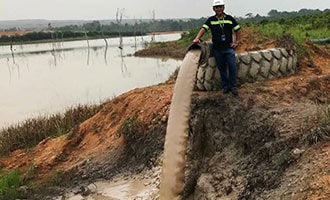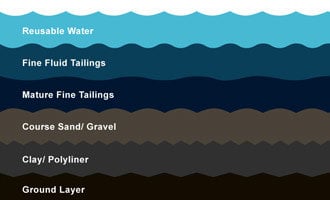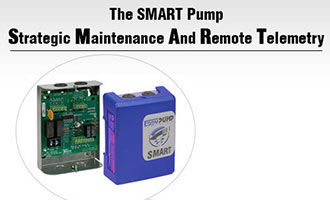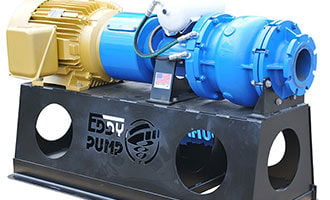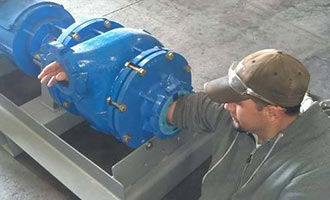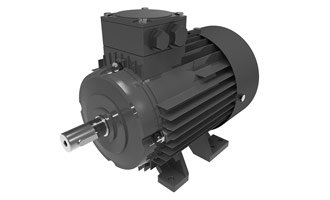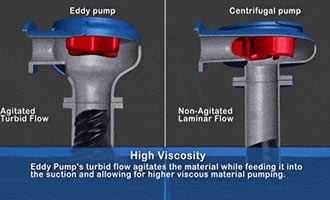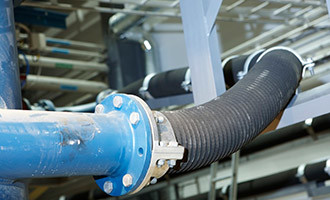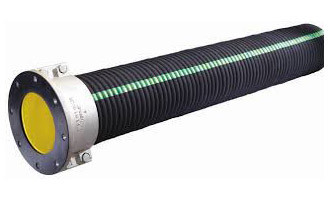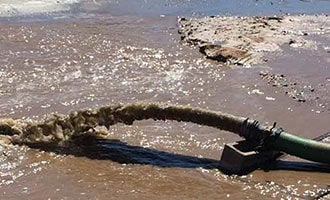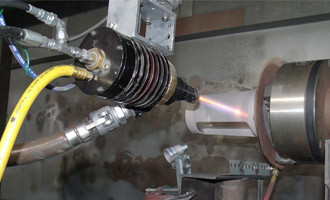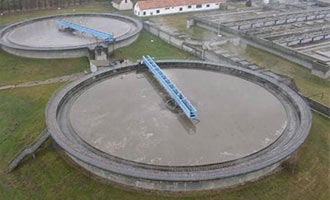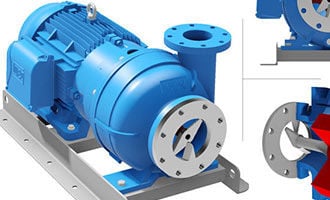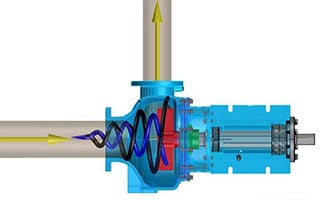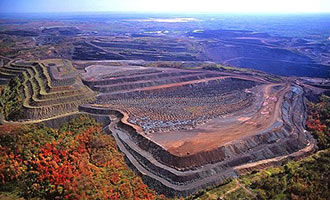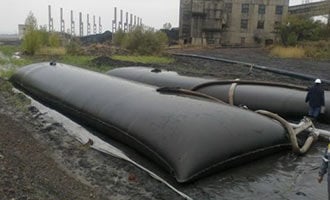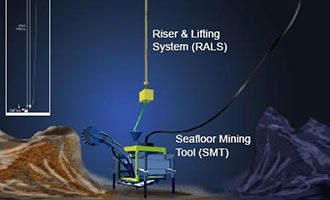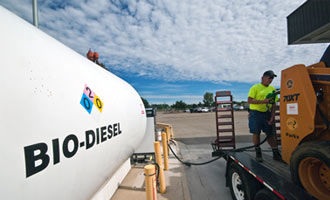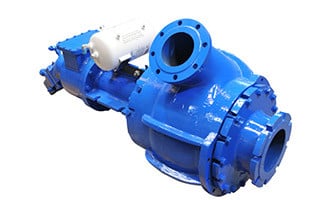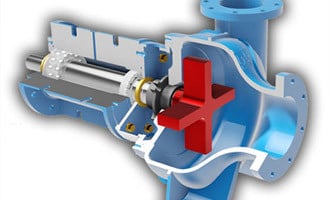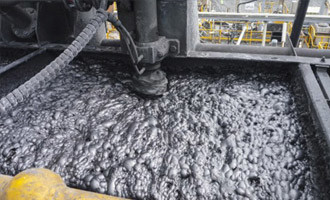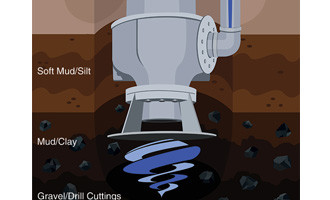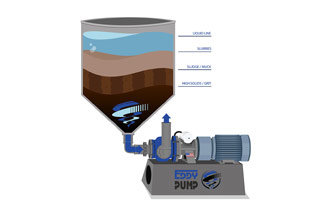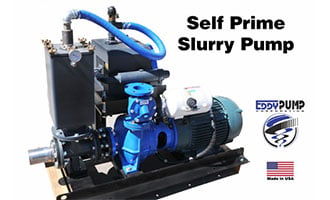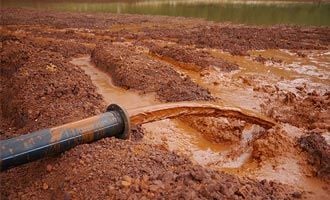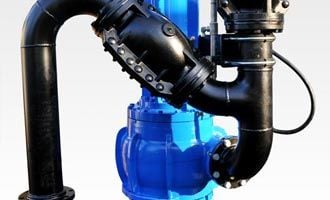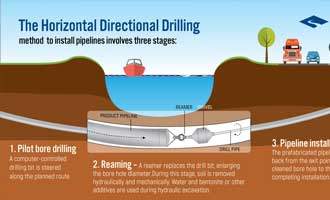How Amphibious Excavators Enhance Swamp & Wetland Dredging
When working in swamps, marshes, and other wet environments, nothing beats the versatility of the amphibious undercarriage for your excavators. Browse Amphibious ExcavatorsContact Us For Fast QuoteWhat is an Amphibious Excavator?
An amphibious excavator is a type of excavator that is outfitted with sealed pontoons that allows it to perform dredging while afloat in shallow waters. The pontoons are constructed from high tensile steel and are corrosion and seawater resistant. This ensures the excavator can operate in the most demanding of conditions. These excavators are completely self-propelled using a hydraulic direct drive track system.
Amphibious excavator dredge undercarriages are among the newer innovations in the world of industrial equipment. These excavators capable of operating in the tough wetlands found worldwide, especially in North America and Europe. Historically, engineers would have to figure out ways to create solid ground for these machines by constructing roads or bringing in barges through canals. In an effort to reduce these overhead costs involved with wetland industrial pump applications, engineers developed the amphibious undercarriage. The amphibious undercarriage can be fitted to excavators and other heavy equipment, granting them buoyancy and the ability to work in wet environments without the need for additional construction.
Amphibious equipment modifications are ideal for safely transporting workers and equipment to job sites over a terrain that is too soft to walk on and too dense to float. Previously, these industrial projects would require workers to build canals, roads, or platforms prior to operating heavy equipment in swamps and marshlands. Not only was this process time consuming, but also very expensive and potentially damaging to the local environment. However, these roads and canals were necessary to support loads of large machinery on soft or wet grounds. With the support of amphibious excavators, many steps can be eliminated by driving the machinery directly to the work site.
Amphibious Excavator Features
The noticeable main features of the amphibious undercarriage are the fact that it can provide buoyancy through hermetically sealed pontoons. The pontoons, which are extendable, allowing the excavator to float on water with an option to mount vertical spuds in the event there is no reliable land to operate from. Movement is accomplished through the track chain which uses a multi-synchronous hydraulic drive system. The track chain also helps aid with floatation, provides a higher level of tractive efficiency and stability over a wider range of soil conditions. The excavator also has the ability to mount a variety of different attachments, including the excavator dredge pump. This versatility allows operators to perform a wide range of tasks for different industrial applications.

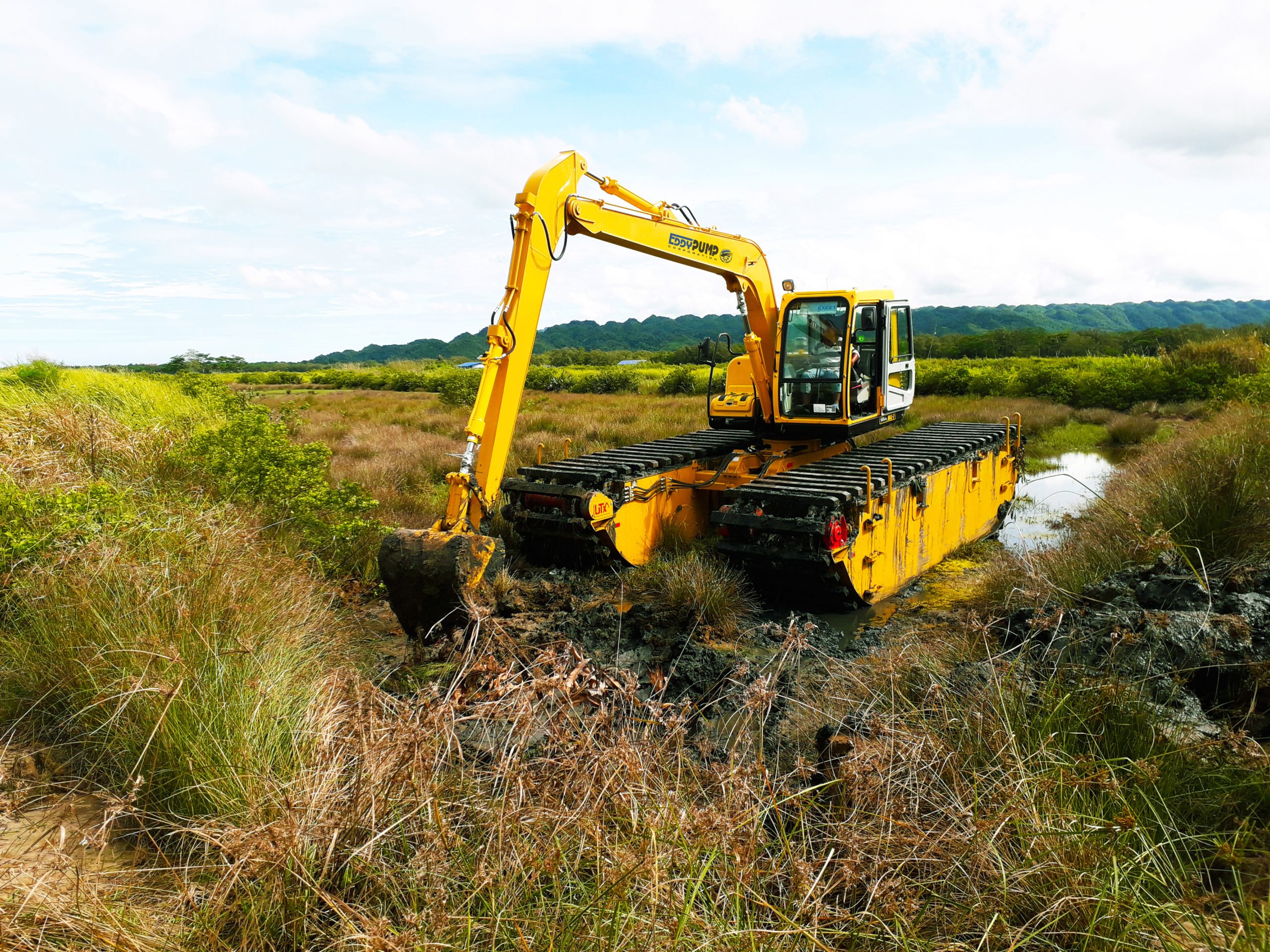
Industrial Applications
Common sense suggests that amphibious equipment is only useful in the south around the vast wetlands, but there are many scenarios which could effectively employ the use of amphibious equipment. Projects around ocean shores, river beds, and recent floods are all great areas to use amphibious equipment to save on costs. Amphibious equipment can efficiently perform in a wide array of applications including flood and disaster recovery efforts, dredging, environmental remediation, and various construction projects such as laying pipelines, levees, or highways.
Amphibious equipment is also the best option for environmental dredging. Dredging is often hindered by shallow water depths because excavators can easily get stuck or have limited range. Since amphibious equipment can both float in water and drive on land, the operator does not have to worry about getting too close or too far from the water’s edge. The wide tracks and a low weight results in little ground pressure while heavier equipment creates deep track ruts. Additionally, the ability to mount a dredge pump directly to the excavator allows for optimal movement and production rates.
Multiple Combinations
Amphibious Excavator Multiple options are compatible with the combinations. The options are side by side:
A. Mechanical buckets
B. Dredge Pump.
Both options A and B are compatible with either Standard or Long Booms.
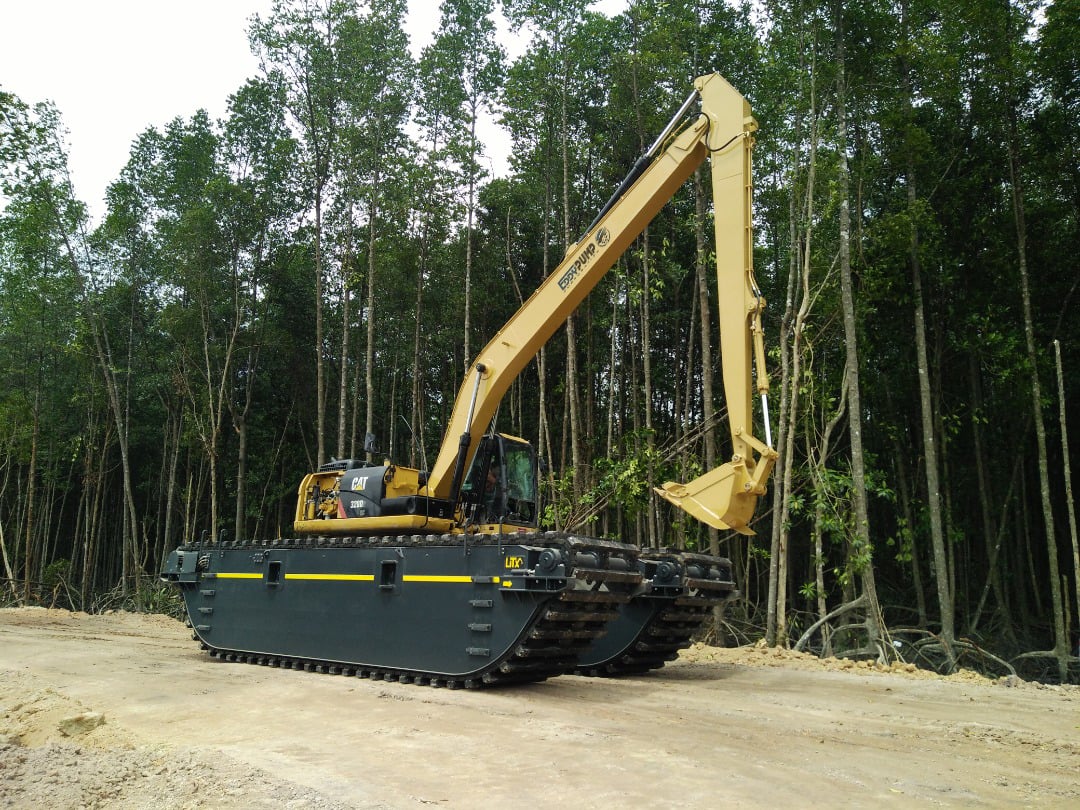
Option A

Option B
EDDY Pump Excavator Attachment
With the EDDY Pump Excavator Attachment, you can efficiently dredge and pump large solids without clogging the pump. The EDDY Pump is a patented revolutionary pump technology that has a design that makes it completely different from any centrifugal, vortex or positive displacement pump on the market. The EDDY Pump does not have an impeller but is instead equipped with a geometrically shaped rotor that creates a vortex at the suction side. This vortex effectively agitates the material before it is pumped.
When working in swamps, marshes, and other wet environments, nothing beats the versatility of the amphibious undercarriage for your excavators. Not only will these modifications save you on costs, but will also help to increase total production in nearly all applications. Combined with the EDDY Pump Attachment, you can turn your excavator into an agile dredging powerhouse, capable of handling any environment and material you can throw at it.
Order or Get Selection Help
Excavators Enhance Swamp & Wetland Dredging FAQs
An amphibious excavator is a specialized type designed to operate on land and in shallow water or marshy areas. It has pontoons or tracks that provide buoyancy and stability in wetland environments.
How does an amphibious excavator enhance wetland dredging?
Amphibious excavators are designed to access and operate in environmentally sensitive wetland areas that conventional excavators cannot reach. They can efficiently perform dredging, vegetation removal, and other wetland restoration activities without damaging the ecosystem.
What are the advantages of using amphibious excavators for wetland dredging?
Some advantages of using amphibious excavators for wetland dredging include:
- Ability to access remote and inaccessible areas
- Minimized environmental impact and disturbance to sensitive habitats
- Improved efficiency and productivity in wetland restoration projects
- Versatility in performing various tasks such as dredging, vegetation removal, and shoreline stabilization.
What types of wetland dredging projects can amphibious excavators undertake?
Amphibious excavators can undertake a wide range of wetland dredging projects, including:
- Removing sediment and debris from water bodies
- Clearing vegetation and invasive species
- Restoring natural habitats and ecosystems
- Constructing or maintaining water channels, ponds, and wetland features.
How do amphibious excavators navigate in wetland environments?
Amphibious excavators navigate wetland environments using pontoon systems or specialized tracks that provide buoyancy and traction on soft terrain. These features allow them to traverse mud, marshes, shallow water, and other challenging conditions commonly found in wetlands.
What are the critical components of an amphibious excavator?
Critical components of an amphibious excavator include:
- Excavator attachment (boom, arm, bucket)
- Amphibious undercarriage (pontoons or tracks)
- Hydraulic system for operating the excavator
- Cabin or operator’s platform for control and monitoring.
What are the environmental considerations when using amphibious excavators for wetland dredging?
Environmental considerations when using amphibious excavators for wetland dredging include:
- Minimizing disturbance to wildlife habitats
- Avoiding damage to sensitive vegetation and ecosystems
- Proper disposal of dredged material and waste
- Compliance with environmental regulations and permits.
What types of dredging equipment can be mounted on amphibious excavators?
Various types of dredging equipment can be mounted on amphibious excavators, including:
- Bucket dredges for sediment removal
- Cutter suction dredges for cutting and excavating sediment
- Hydraulic dredge pumps for pumping and transferring dredged material.
How do amphibious excavators contribute to wetland conservation and restoration?
Amphibious excavators play a crucial role in wetland conservation and restoration by enabling efficient and environmentally sensitive dredging activities. They help to improve water quality, enhance wildlife habitat, and restore natural ecosystems in wetland areas.
What are the safety considerations when operating amphibious excavators in wetlands?
Safety considerations when operating amphibious excavators in wetlands include:
- Proper training for operators on amphibious equipment operation
- Regular maintenance and inspection of equipment
- Adherence to safety protocols and procedures
- Use of personal protective equipment (PPE) as necessary
- Awareness of environmental hazards and wildlife presence.
What is a swamp excavator?
A swamp or amphibious excavator is a specialized type designed to operate in swampy or wetland environments. Its features include buoyant pontoons or tracks for navigating and working in marshes, swamps, and shallow water areas.
What is an amphibious excavator used for?
An amphibious excavator is used in wetland environments, including dredging, vegetation removal, habitat restoration, shoreline stabilization, and environmental conservation projects. Its ability to operate on land and water makes it suitable for accessing remote or environmentally sensitive areas.
What excavator is used in water?
Amphibious excavators are specifically designed for use in water or wetland environments. They are equipped with buoyant pontoons or amphibious tracks that allow them to float and operate in shallow water bodies, marshes, swamps, and other aquatic habitats.
How much does a swamp buggy cost?
The cost of a swamp buggy can vary depending on factors such as size, features, brand, and specifications. Prices for new swamp buggies typically range from tens of thousands to hundreds of thousands of dollars, while used ones may be available at lower prices.
How fast do swamp buggies go?
The speed of swamp buggies can vary depending on their design, engine power, and terrain conditions. While some swamp buggies are designed for off-road use and can achieve speeds comparable to regular vehicles, others may have lower maximum speeds due to their specialized features and purposes.
How fast can a buggy go?
The speed of a buggy can vary depending on factors such as engine power, weight, and terrain conditions. Depending on their design and specifications, some buggies may have top speeds ranging from 30 to 60 miles per hour (48 to 97 kilometers per hour) or more.
How fast is a 1000CC buggy?
The speed of a 1000cc buggy, referring to its engine displacement, can vary depending on its design, gearing, and other factors. Generally, a 1000cc buggy may have a top speed ranging from 50 to 70 miles per hour (80 to 113 kilometers per hour) or more, depending on its configuration.
How fast does a 1000CC buggy go?
A 1000cc buggy can typically reach speeds ranging from 50 to 70 miles per hour (80 to 113 kilometers per hour), depending on its design, engine power, and other factors. The actual top speed may vary depending on terrain conditions and other variables.
What’s the giant buggy?
The size of a buggy can vary depending on its purpose and design. Some of the largest buggies may be heavy-duty off-road vehicles or custom-built machines for specialized applications such as off-road racing, military operations, or industrial tasks.
What is the most expensive buggy?
The most expensive buggies are often custom-built or specialized vehicles designed for specific purposes, such as off-road racing, military use, or industrial applications. Depending on their features and specifications, prices for these high-end buggies can range from hundreds of thousands to millions of dollars.
Who made the buggy car?
Various manufacturers and inventors have contributed to the invention and development of the buggy car, which has evolved from early horse-drawn carriages to modern off-road vehicles used for recreational, commercial, and industrial purposes.
What car is a buggy?
Buggy cars, also known as dune or off-road buggies, are lightweight, open-air vehicles designed for off-road driving on dunes, beaches, or other rough terrain. They typically feature a modified chassis, large wheels with knobby tires, and a minimalist design optimized for off-road performance.
Why EDDY Pumps Are Better - Highlights
This video shows how EDDY Pump transports high slurry and abrasive materials. Featured dredge pump equipment includes the Remote Operated Subdredge, Diver Operated Pump and a Excavator Attachment Dredge Pump.

